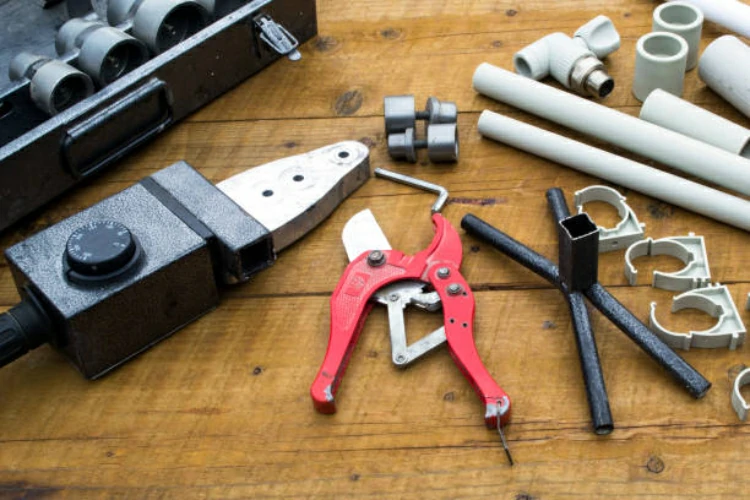CPVC pipe fittings play a crucial role in plumbing systems, offering durability, chemical resistance, and ease of installation. Understanding the manufacturing process behind CPVC pipe fittings provides valuable insights into their quality and reliability.
1. Raw Material Selection
The manufacturing process of CPVC pipe fittings starts with carefully selecting high-quality raw materials. Manufacturers choose CPVC resin, additives, and stabilizers for their purity, consistency, and desired properties. They implement quality control measures to ensure that only materials meeting stringent standards are utilized.
2. Compounding and Blending
After selecting the raw materials, manufacturers proceed with compounding and blending processes. They blend CPVC resin with additives and stabilizers in precise proportions to attain desired characteristics like heat resistance, chemical resistance, and mechanical strength. This blending process guarantees uniformity and homogeneity of the CPVC compound.
3. Extrusion and Molding
After compounding, manufacturers process the CPVC compound through extrusion or injection molding. Extrusion entails heating the CPVC compound and forcing it through a die to create pipes, fittings, or profiles of various shapes and sizes. Injection molding involves injecting the molten CPVC compound into molds to shape intricate designs.
4. Cooling and Finishing
Once the CPVC pipe fittings are formed, they undergo cooling to solidify and stabilize their shape. Cooling may involve air or water cooling methods, depending on the specific requirements of the product. After cooling, the CPVC pipe fittings may undergo finishing processes, such as cutting, drilling, or threading, to meet the final specifications.
5. Quality Control and Testing
Throughout the manufacturing process, CPVC pipe fittings undergo rigorous quality control and testing procedures. Dimensional checks, visual inspections, and mechanical tests ensure that the fittings meet the required standards for performance, reliability, and safety. Any defective fittings are identified and discarded to maintain quality standards.
6. Packaging and Distribution
After passing quality control tests, manufacturers package CPVC pipe fitting into bundles or cartons for distribution. This packaging safeguards the fittings during transportation and storage, preserving their quality until they reach end-users. Subsequently, distributors supply CPVC pipe fittings to plumbing suppliers, contractors, and construction sites for installation.
Conclusion
The manufacturing process of CPVC pipe fittings entails a series of precise steps, from selecting raw materials to conducting quality control tests. Adhering to strict quality standards and employing advanced manufacturing techniques ensures that CPVC pipe fitting meet the highest standards of performance, reliability, and durability. Understanding the manufacturing process behind CPVC pipe fittings empowers consumers to make informed decisions and ensures the successful implementation of plumbing systems.
Contact
IFAN is a professional manufacturer with 30 years of experience, dedicated to producing high-quality plastic pipes, fittings, and valves. Our products include brass valves, PPR valves, as well as various pipes and fittings to meet different customer needs. Whether you need plumbing and drainage pipes or valve products, IFAN can provide a diverse range of high-quality, cost-effective products to support your projects. Below is our contact information.
We will reply your email or fax within 24 hours.
You can call us at any time if there is any question on our production.
For more information,pls visit our webside https://www.ifanplus.com/
Pls Mailto: [email protected]






